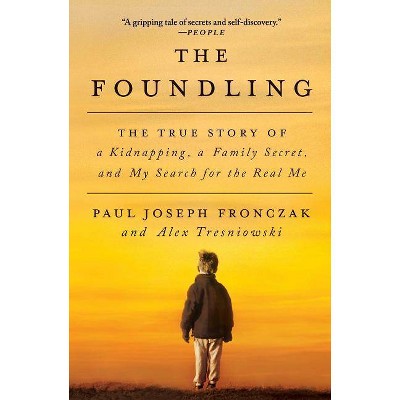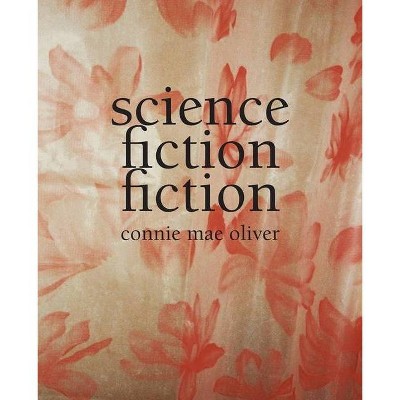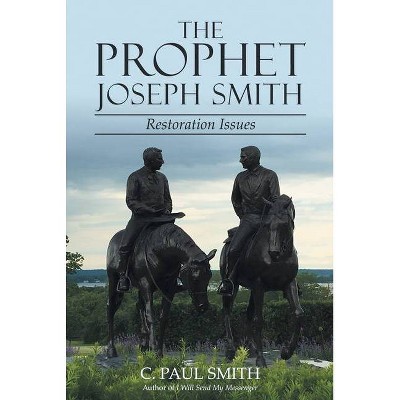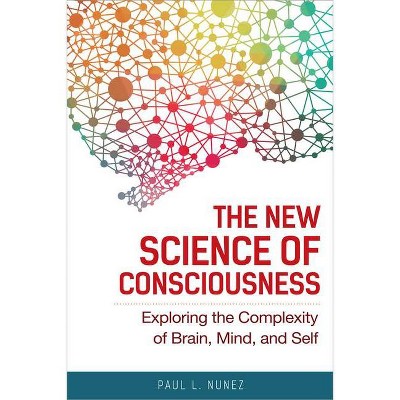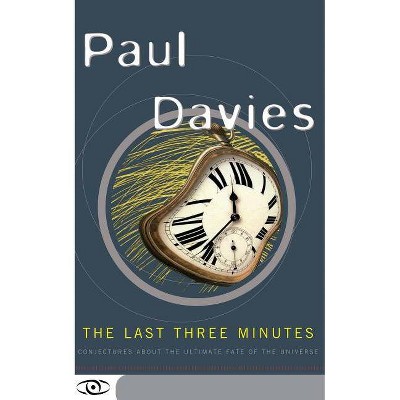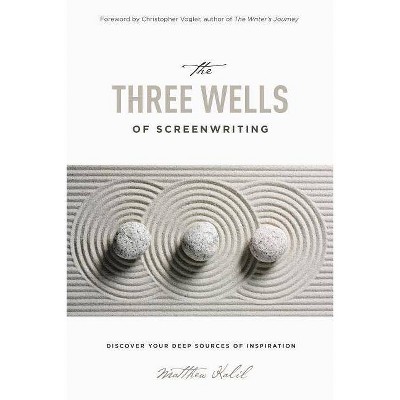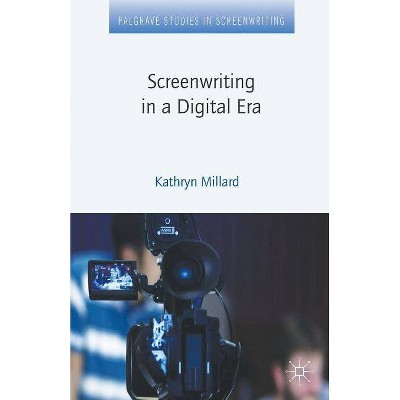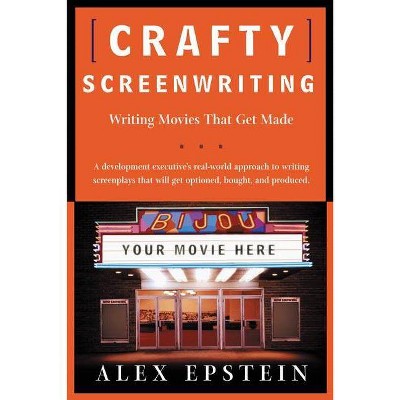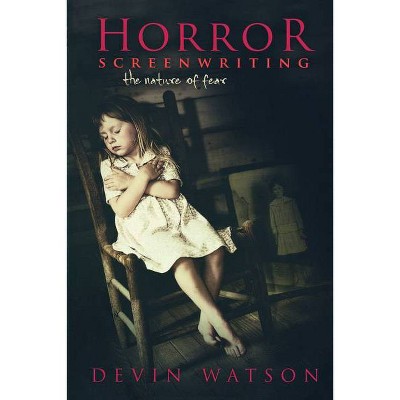The Science of Screenwriting - by Paul Joseph Gulino & Connie Shears (Paperback)
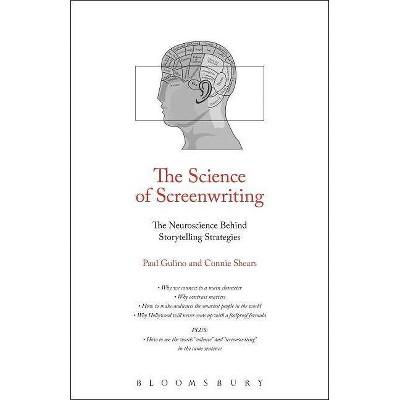
Similar Products
Products of same category from the store
AllProduct info
<p/><br></br><p><b> About the Book </b></p></br></br>Explores the physiological and psychological processes that underlie many of the commonly held beliefs about the screenwriting craft, providing the aspiring screenwriter a deeper, more intelligent understanding of how his or her storytelling choices can affect an audience.<p/><br></br><p><b> Book Synopsis </b></p></br></br>In a world awash in screenwriting books, <i>The Science of Screenwriting</i> provides an alternative approach that will help the aspiring screenwriter navigate this mass of often contradictory advice: exploring the science behind storytelling strategies. Paul Gulino, author of the best-selling<i> Screenwriting: The Sequence Approach</i>, and Connie Shears, a noted cognitive psychologist, build, chapter-by-chapter, an understanding of the human perceptual/cognitive processes, from the functions of our eyes and ears bringing real world information into our brains, to the intricate networks within our brains connecting our decisions and emotions. They draw on a variety of examples from film and television -- <i>The Social Network, </i><i>Silver Linings Playbook</i> and <i>Breaking Bad</i> -- to show how the human perceptual process is reflected in the storytelling strategies of these filmmakers. They conclude with a detailed analysis of one of the most successful and influential films of all time, <i>Star Wars</i>, to discover just how it had the effect that it had.<p/><br></br><p><b> Review Quotes </b></p></br></br><br><i>The Science of Screenwriting</i> explores the workings of the human brain when responding to stimuli and applies these insights to the ongoing reactions of an audience to a story. From this very accessible research a canny storyteller can learn to maximize the impact of a story before an audience actually experiences it. How great is that? Using such unexpectedly helpful and yet seemingly invisible knowledge will feel to the viewer like genuine alchemy.<br/>David Howard, author of The Tools of Screenwriting and How to Build a Great Screenplay<br><br>Analytically merging elements of cinematic storytelling with cognitive processing, Gulino and Shears' insights are beneficial not just to screenwriters, filmmakers, and neuroscientists, but to any creative practitioner wanting deeper understandings of how to effectively communicate to audiences visually and through dialogue. And the icing on the cake is that it's a completely accessible, fun read!<br/>Mark Evan Schwartz, Associate Professor of Screenwriting Loyola Marymount University School of Film and Television, USA and author of How to Write: A Screenplay<br><br>Like all good books on writing, <i>The Science of Screenwriting</i> is not a formula for storytelling but, rather, a set of tools and ways of thinking about story that writers can use to help them with their creative task. Not only are the tools in the book extremely useful, but they all view story through the lens of brain science - in particular, how the presentation and sequencing of events evokes emotional responses from the audience. In other words, they see story not so much as an act of self-expression but rather as a craft devoted to its consumers, the people who read stories and go to the movies.<br/>Ross Brown, Program Director of MFA in Writing & Contemporary Media, Antioch University, Santa Barbara, USA<br><p/><br></br><p><b> About the Author </b></p></br></br><p><b>Paul Gulino </b>is Associate Professor at Chapman University's Dodge College of Film and Media Arts in Orange, California, USA. <p/><b>Connie Shears </b>is Associate Professor in the Psychology Department at Chapman University, USA.</p>
Price History
Cheapest price in the interval: 25.99 on October 23, 2021
Most expensive price in the interval: 25.99 on November 8, 2021
Price Archive shows prices from various stores, lets you see history and find the cheapest. There is no actual sale on the website. For all support, inquiry and suggestion messages communication@pricearchive.us
